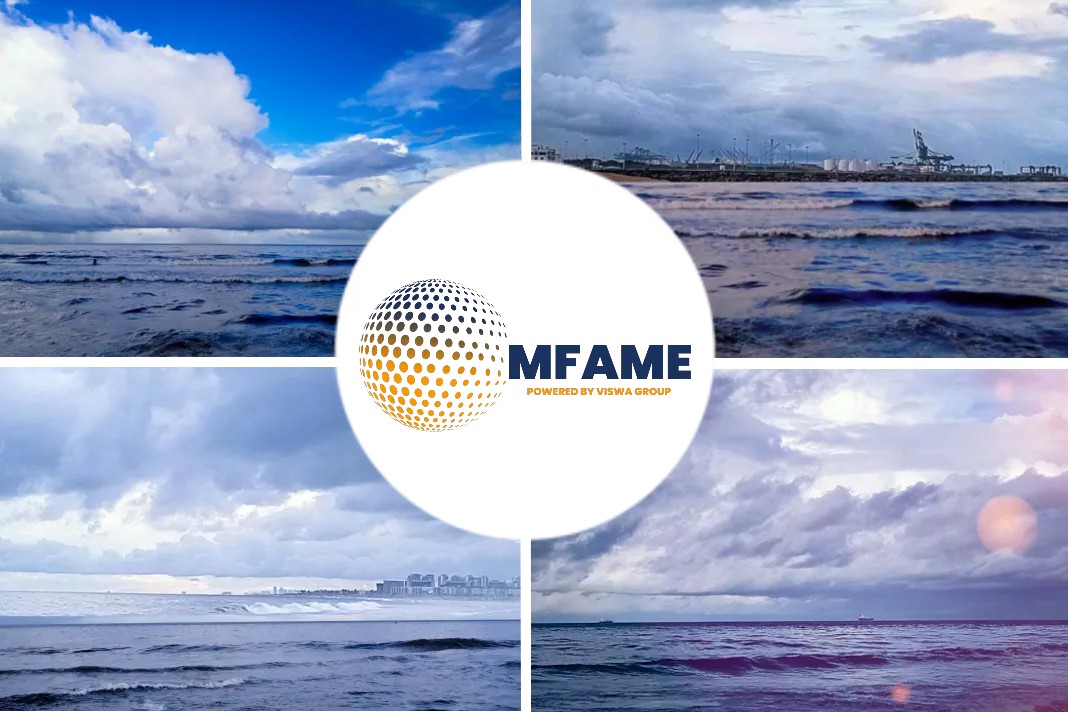by Martyn Wingrove
Earlier this week the editor of marinemec.com, Martyn Wingrove visited the Rolls-Royce’s research and development centre for autonomous ships in Finland’s oldest city, Turku. After witnessing the Rolls Royce’s improved ship navigation, fleet maintenance and vessel remote control system, he is certain that there is more to autonomous technology than unmanned ships.
These are stepping stones along the voyage that the industry is taking towards autonomous shipping.
First Remote-controlled Vessel
Experts at Rolls-Royce, such as ship intelligence director Kevin Daffey and senior vice president for concepts and innovation Oskar Levander truly expect the first remote controlled or autonomous commercial vessel to be operating by 2020.
They then expect this technology to be deployed on vessels that undertake coastal and short sea routes. They have also brought forward their vision of remote control and autonomous ships sailing open oceans from beyond 2030 to before that.
Challenges To Overcome
There are so many regulatory, class and public perception challenges still to overcome before some of that can become reality. However, some of the technical challenges are being tackled this decade.
Some of these forecasts can come true. For example, we are likely to see Yara begin using its new container ship, Yara Birkeland, on a short coastal route in Norway in either a remote control or autonomous mode by 2020.
This will be followed by other coastal vessels, short-route ferries and autonomous offshore support vessels by 2025. There may be some ships operating in a remote control mode during ocean voyages before 2030, but I expect these will be trials, tests and pilot projects.
Awareness System
Predictions that fleets of ships will be unmanned may be too forward for the conservative industry that is shipping. Which is why it is good that we can see plenty of applications for the remote control and autonomous vessel technology on manned ships.
Take Rolls-Royce’s intelligent awareness system as an example. This is being trialled on ferries and has the potential to provide information to heighten the situational awareness of bridge teams and shore-based managers.
This is an advisory system that enhances awareness of a ship’s surroundings with information on navigation hazards, other vessels and port infrastructure. There are four modes that include information from electronic navigational charts, the automatic identification system (AIS), live video, radar and LIDAR.
Crew on board can use this for object detection, ship manoeuvring in port, better visibility in adverse weather conditions or at night and sensing navigation dangers. There are four modes, two that use virtual reality technology in 2D and 3D, an augmented reality mode that combines a video feed with information from the other sensors and a precision mode that would be useful for manoeuvring a ship in harbours.
As a result, this type of technology provides considerable amounts of useful information to bridge teams for daily ship operations. Other companies, such as ABB and Wärtsilä, are developing technology that provides this type of intelligence and awareness to navigators, so this will become a regular addition on ship bridges in the future, especially as it can be retrofitted.
Remote Control Operations Centre
Also take a look at the remote control operations centre that Rolls-Royce has set up. There is one in Copenhagen, Denmark, that Wingrove had visited in November 2017 to witness remote control of a Svitzer tug.
Rolls-Royce has built an advanced version of this in its facilities in Turku. This incorporates more augmented reality, extra sensory perception technology and route simulation. “I can see vessel operators considering this for autonomous offshore support vessels for perhaps platform cargo runs and managing remotely operated underwater units. It could also be used by tugboat owners as they can rest their crews during voyages, giving them more time for towage operations”, Wingrove writes.
Remote control centres could also be used for remote real-time monitoring, enabling managers to provide more information to bridge teams. Or they can be used for managing a ship along an open ocean voyage with a ship’s team sent on board for port approaches, operations in congested waters, onboard maintenance and terminal operations.
“While I do believe in autonomous ship and remote control technology, I do think that shipping should consider how the technology can assist seafarers that remain on board”, says Wingrove.
Did you subscribe for our daily newsletter?
It’s Free! Click here to Subscribe!
Source: Marine Electronics & Communications






















